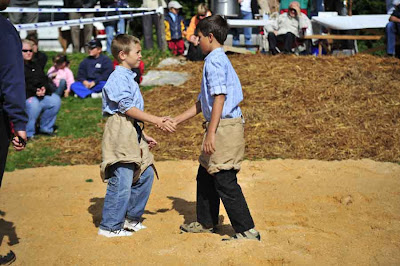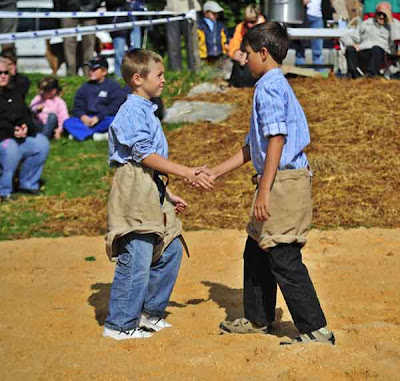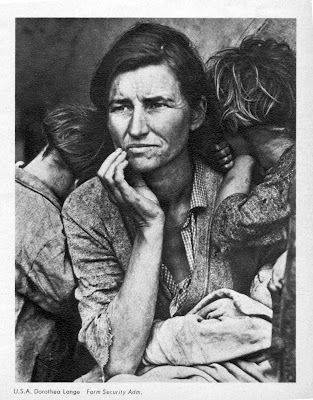The other day I overheard a kid - I'll call him Jack - who was eagerly awaiting the delivery of a new camera. It was an entry-level DSLR. And he said:
"I hate my friend right now. He says I won't be successful in photography with my D40. It's too small."
Oh dear. Listen kid. It's not your camera that's important. It's your eyes and brain behind the lens. Take a look at this ...
... three photographs taken using a tripod from exactly the same spot. They were taken one after the other, within the space of a few minutes, using three different cameras:
- A 7-year old, 3 megapixel Point and Shoot: Pentax Optio 330
- A medium-level 6-megapixel DSLR: Nikon D70s
- A top-of-the-range, 12-megapixel DSLR: Nikon D3


 The answers are in the comments section.
The answers are in the comments section.Did you get them right? Even if you did, I think you'll agree that it was pretty difficult. You had to look closely.
In other words, if you want to take photographs for your family album (though statistics show that 77% of photographers never print their images), photos to to e-mail to friends, photos to put on your website or on Flickr, even photographs to hang on your wall or use as wallpaper for your computer, almost any digital camera will give you excellent results. The images above prove that.
But, if that's the case, why does anyone buy an expensive camera (apart from wanting to impress friends)?
Because there is a difference in image quality, though you have to look hard.
If you are taking photographs for your own pleasure, most cameras will do a great job. But if you're intending to sell them they have to be the best possible quality. Whilst image taken with a 3mp point-and-shoot may look fine on your computer screen, it won't look so good if blown up to fit an A3 poster.
Here is a section from each image blown up to 100%. They're arranged in order of quality now, the 3mp point-and-shoot at the top, and the Nikon D3 at the bottom (I'd like to put them side by side, but can't seem to do it on Blogger):


 See the difference? It's not huge, but it's significant.
See the difference? It's not huge, but it's significant.So, Jack, don't worry what your friend says. He's a dweeb. Get out there with your D40 (a great camera, by the way) and take some stunning pictures. You're the key to beautiful images.


















